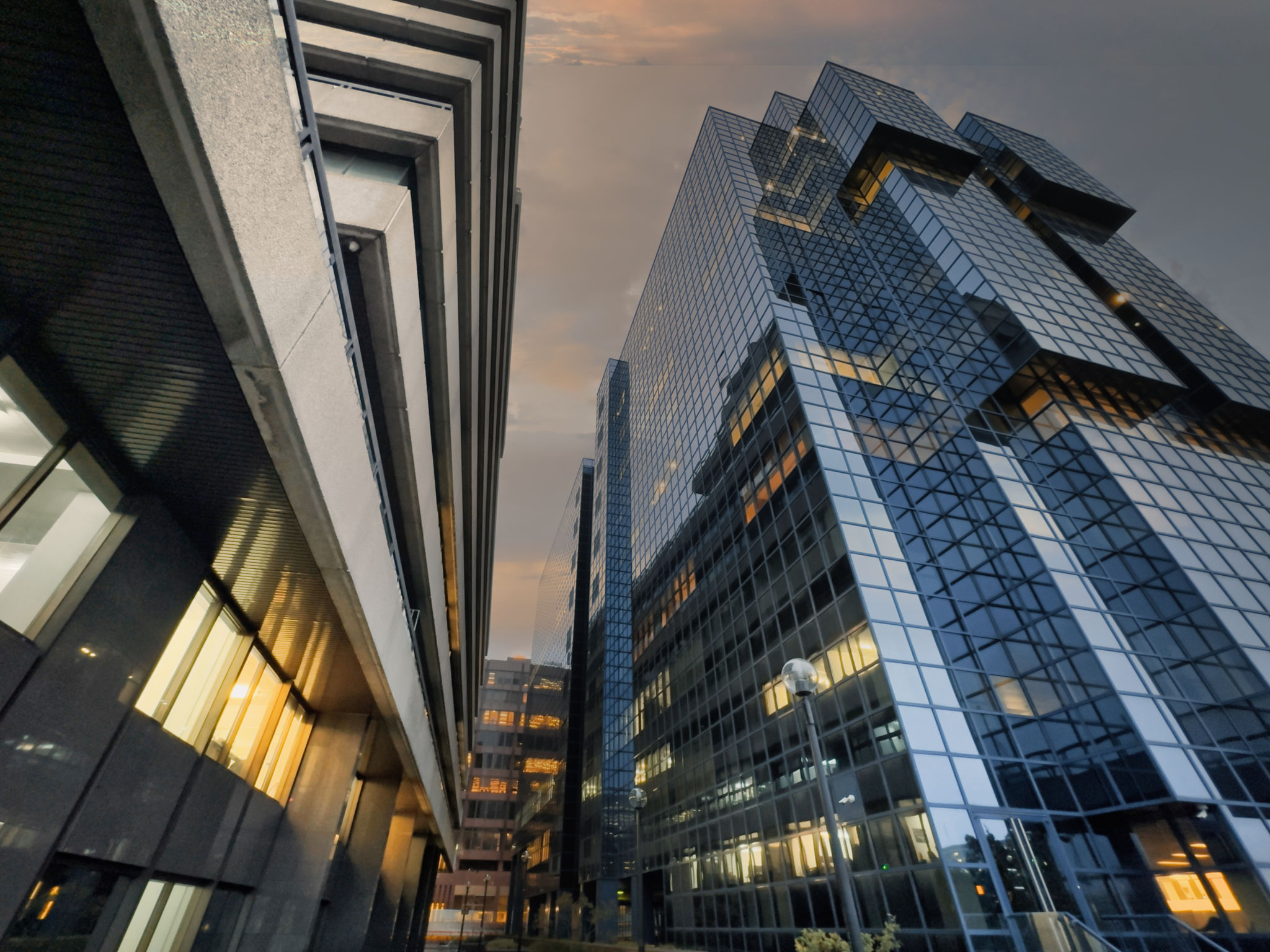The Role of Securitisation in Commercial Real Estate Investments
Understanding Securitisation
Securitisation is a financial process that involves pooling various types of contractual debt, such as mortgages or loans, and selling them as consolidated financial instruments to investors. In the context of commercial real estate, securitisation allows for the transformation of real estate assets into tradable securities, thus enhancing liquidity and providing investors with a new avenue for investment.
The primary advantage of securitisation in commercial real estate is that it enables investors to gain exposure to a diversified portfolio of properties. This process can significantly reduce risk by spreading it across multiple assets, rather than concentrating it in a single property.

Benefits of Securitisation for Investors
Securitisation offers several benefits to investors, which makes it an attractive option for those involved in commercial real estate. Here are some of the key advantages:
- Diversification: By investing in securitised assets, investors can access a wide range of properties, reducing the risk associated with owning a single property.
- Liquidity: Securitised assets are typically more liquid than direct real estate investments, allowing investors to buy and sell their interests more easily.
- Access to Large-Scale Investments: Small investors can participate in large-scale commercial real estate projects that would otherwise be inaccessible.
How Securitisation Impacts Commercial Real Estate Markets
The influence of securitisation on commercial real estate markets is profound. It provides a steady flow of capital into the market, which can drive growth and development. Additionally, by creating more liquidity, securitisation helps stabilize the market, making it less susceptible to drastic fluctuations.
Moreover, the ability to securitise real estate assets can attract a broader range of investors, including institutional investors who may not have previously considered investing in commercial real estate. This influx of capital can lead to increased competition and innovation within the market.

Securitisation Process in Commercial Real Estate
The process of securitising commercial real estate involves several key steps. First, a pool of real estate assets is identified and evaluated for their potential to generate income. These assets are then transferred to a special purpose vehicle (SPV), which issues securities backed by the income generated from the underlying properties.
Investors purchase these securities, effectively buying a share of the income generated by the properties within the pool. The income from the properties is used to pay interest and principal on these securities, providing returns to investors.
Risks and Considerations
While securitisation offers many benefits, it is not without risks. Investors must be aware of potential pitfalls, such as the quality and performance of the underlying assets and the possibility of market fluctuations affecting returns. Furthermore, complex structures and lack of transparency can sometimes obscure understanding, making due diligence essential for investors considering securitised investments.

Another consideration is the regulatory environment, which can impact the structuring and performance of securitised assets. Changes in legislation or economic conditions could affect returns, making it crucial for investors to stay informed about market trends and regulatory developments.
The Future of Securitisation in Commercial Real Estate
Looking ahead, securitisation is likely to play an increasingly important role in commercial real estate investments. With advancements in technology and data analytics, the process is becoming more streamlined and transparent, making it accessible to a wider range of investors.
As demand for diversified investment opportunities grows, securitisation could become a cornerstone of commercial real estate financing, driving further innovation and growth in the sector.
